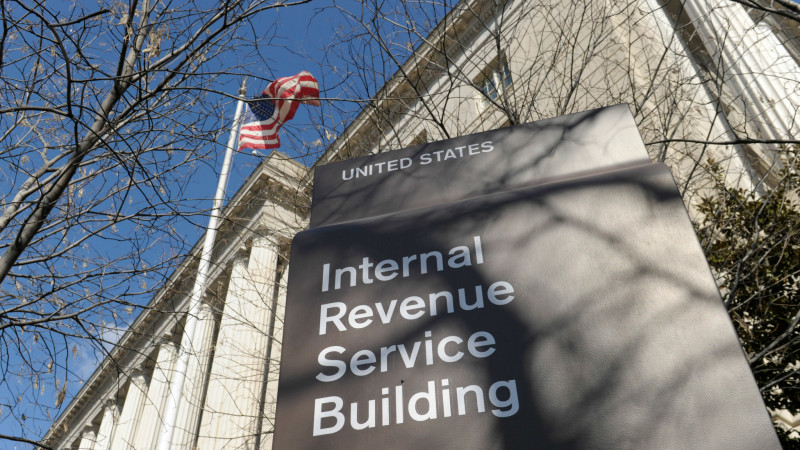The Alabama Policy Institute conducts research regarding cultural indicators and publishes them every year.
Cultural Indicators 2014 for Alabama and the United States tracks various Alabama-specific and national measures of societal well-being dating back to 1960, as statistics are available. Chapters are devoted to:
From 1960 to 2013, Alabama's population increased 47%, from 3,267,000 to 4,833,722 making it the 23rd largest state in the Union. At the same time, the population of the entire united states increased 76%, from 179.3 million to 316 million.
In 2012, the largest age groups in Alabama were:
In 2013, Alabama's population composition was approximately:
After accounting for births and deaths, approximately one-third of the population growth in Alabama from 2010 to 2013 was the result of international migration.
As of 2010, Alabama's population density of 94 persons per square mile is 8% greater than the national average (87.4 persons per square mile).
Since 1960, Alabama's birth rate has fallen from 24.7 per 1,000 persons in 1960 to 12.1 per 1,000 in 2012, a drop of 51%. Nationally the birth rate fell from 23.7 per 1,000 persons in 1960 to 12.6 in 2012, a decline of 46%.
In 2012, there were 58,381 live births in Alabama. Sixty-six percent of these were to white mothers (38,637), while 34% (19,744) were to blacks and other races. The resident birth rate for whites was 11.5 births per 1,000 population and 13.6 births per 1,000 population for blacks and other races.
In 2012, approximately 10% of all births in Alabama were low-weight births (birth weights of less than 2,500 grams / 5 pounds, 8 Ounces), up slightly from 9.7% in 2000. In 2012, Alabama had the third highest ranking in low-weight births in the nation.
In 2012, there were 49,212 deaths in Alabama, for an average death rate of 10.2 persons per 100,000 population. Since 1960, Alabama's death rate has increased 10%. From 1960 to 2011, the national death rate has fallen 15%, from 9.5 to 8.1 persons per 1,000 population.
Heart disease is the primary cause of death in both Alabama and the nation as a whole.
In 2011 - the most recent year in which detailed information is available - Alabama's death rate from heart disease was 3.2 per 1,000 population, about 28% higher than the national average (2.5).
The second leading cause of death in Alabama and the United States is cancer. In 2011, Alabama's death rate from cancer was 2.1 per 1,000 population, which was 10% higher than the national average (1.9).
Age-adjusting a rate is a way to make fairer comparisons between groups with different age distributions. For example, a county having a higher percentage of elderly people may have a higher rate of death or hospitalization than a county with a younger population, merely because the elderly are more likely to die or be hospitalized. The same distortion can happen when comparisons are made between races, genders, or time periods. Age adjustment can make the different groups more comparable.
When the death rates for Alabama and the nation as a whole are age-adjusted, Alabama's death rate in 2011 dropped to 9.3 per 1,000 population while the national rate dropped to 7.4.
In 2011, the death rate for whites in Alabama was 26% higher than that of blacks (10.9 versus 8.7, respectively). However, when age-adjusted death rates are compared, blacks died at a higher rate (10.3) than whites (9.1).
Since 1960, infant mortality rates in Alabama have fallen 72%. In 1960, 32 of every 1,000 babies born in Alabama died within the first year of their life. By 2012, that number had dropped to only 8.9 of every 1,000 babies.
Despite this progress, Alabama's infant mortality rate remains above the national average. For 2011, Alabama (8.9 deaths per 1,000 live births) had the third highest infant mortality rate in the nation. Compared to neighboring states, Alabama had higher mortality than all of them, except Mississippi (9.38).
The infant death rate in Alabama in 2012 for blacks and other races (13.5 per 1,000 live births) is more than double that of whites (6.5). Even though there were almost twice as many births to white women in Alabama (38,637) than to non-white women (19,744), there were slightly more infant deaths among black and other non-white women (253) than whites (266).
In 2012, the top four leading causes of infant deaths in Alabama were:
These causes accounted for about 77% of 519 infant deaths. Sixty-four percent of these deaths occurred within the first 27 days after birth, and 33% occurred within the first 24 hours after birth.
In 2012, 6,236 children were born to teenage mothers in Alabama. Since 1960, more than 631,000 children in Alabama have been born into similar households.
In 2011 - the most recent year state comparisons are available - Alabama ranked tenth among the states regarding the birth rates of teenage mothers.
In 2012, about 10.7% of all births in Alabama were to teenage mothers, compared to about 7.8% nationwide.
In 1960, only about 24% of teenage mothers in Alabama were unmarried, compared with 83% in 2012. Among whites, the percentage of births to unmarried teens has increased sixteen-fold from 4.6% in 1960 to 74% in 2012. the percentage of births to non-white, teenage, unmarried women has risen from 50% in 1960 to 96% in 2012.
Among Alabama teenagers, pregnancy rates in 2012 were highest among 18 - and 19-year-olds, with one in ten becoming pregnant in 2012. Within this group, 71% gave birth, 16% had a fetal loss, and 13% opted for an abortion.
Southern Torch will give you Cultural Indicators: Crime from the Alabama Policy Institute tomorrow.
Population
Birth Rates
Death Rates
Infant Mortality
Teen Births
Alabama's Cultural Indicators: Vital Statistics





